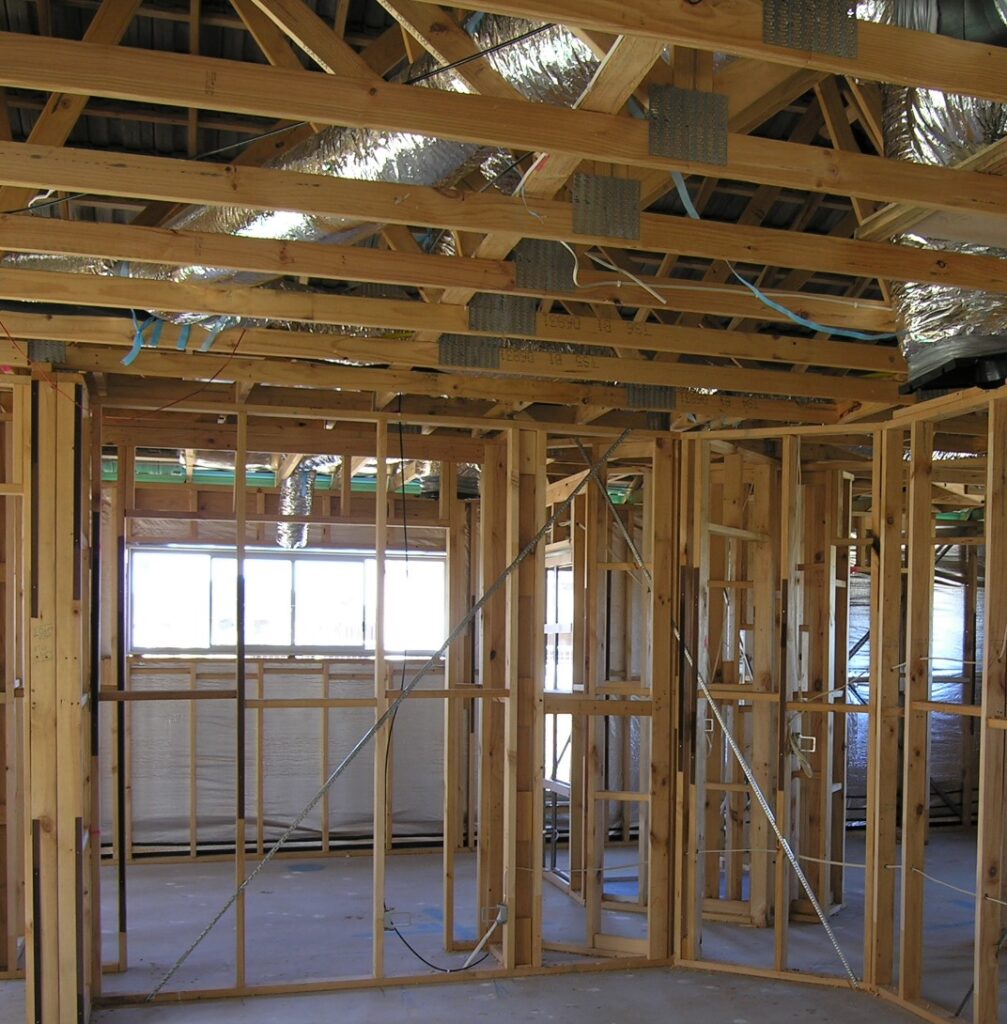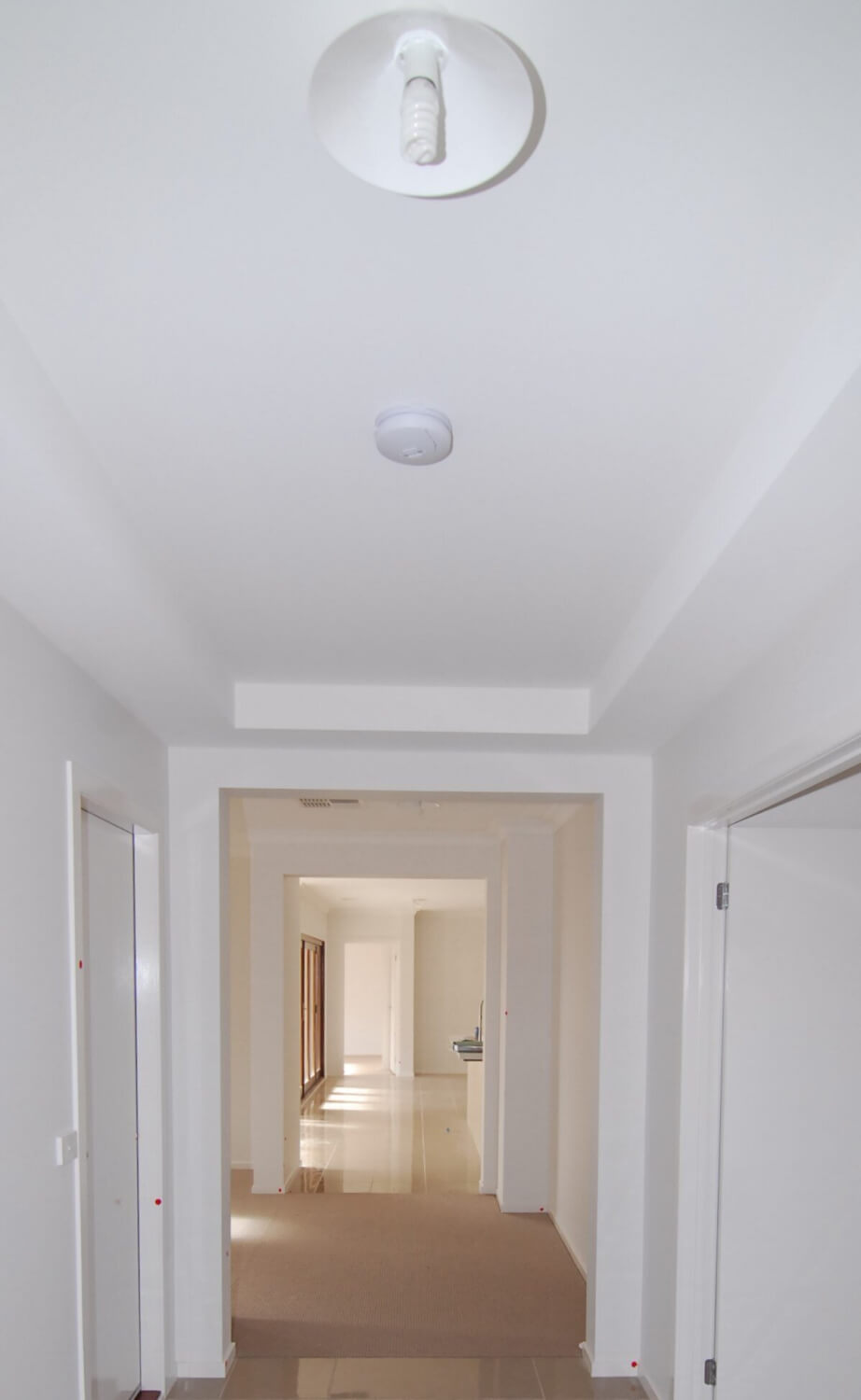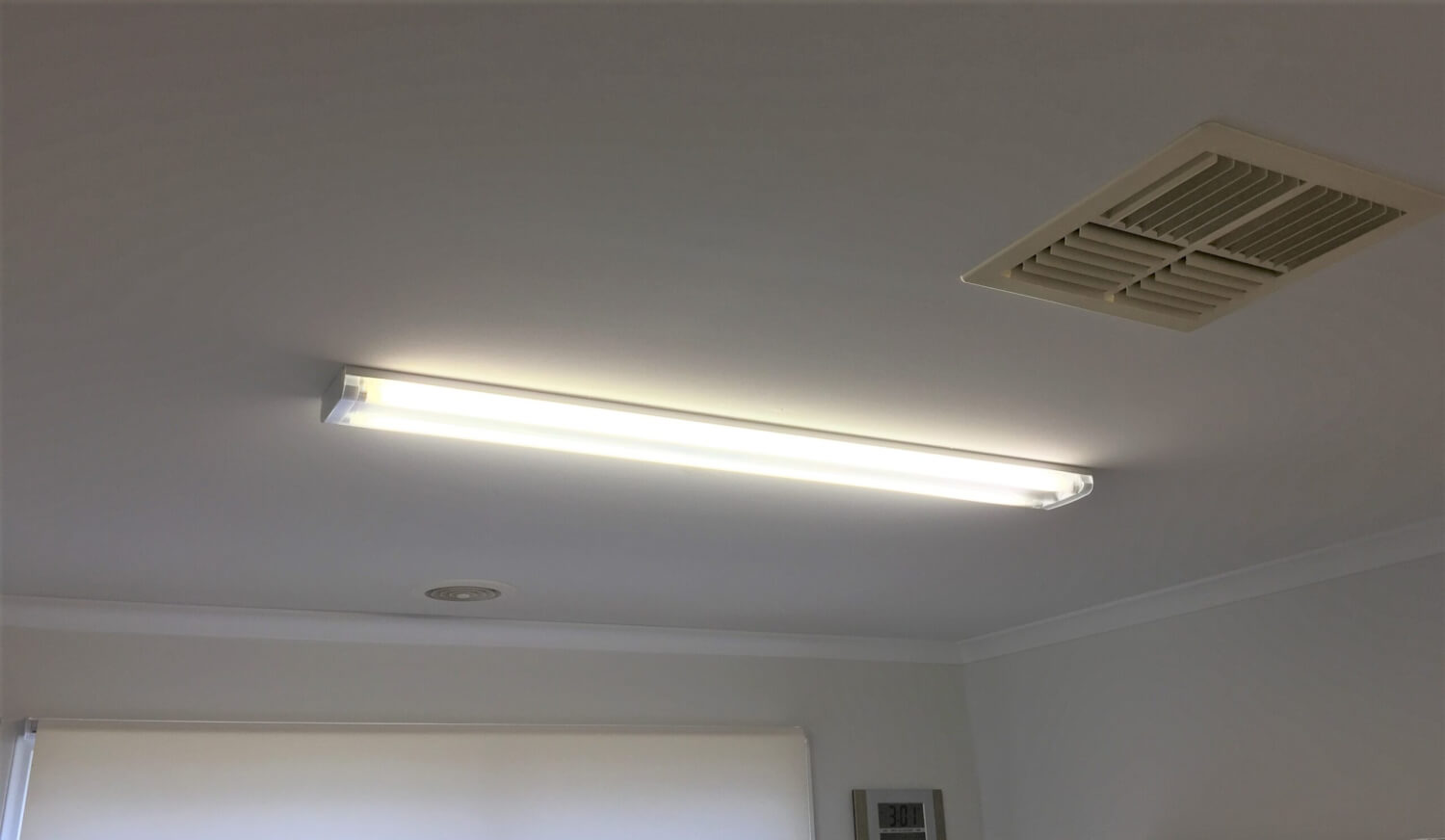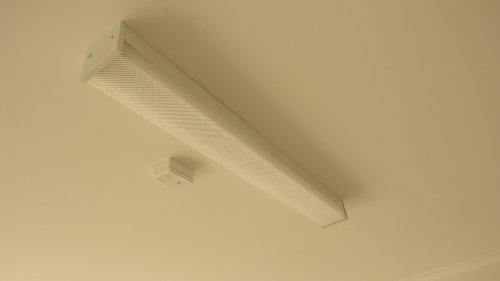Once you have finally decided on a floor plan for your new house with your preferred builder, a contract signing appointment will be organised by the sales team, followed by the colour selection appointment later on.
As with most situations in life, it is better to go for these meetings prepared.
So, with the floorplan in mind, have a think about how you will likely arrange the furniture. This will very much determine where you should locate the lighting points.
Some important considerations to keep in mind are:
1) Locate enough lighting points in rooms / open areas to allow sufficient general lighting and even spread of light. In areas & rooms where extra light is needed (for example, the study room or even the garage if you plan on working with power tools within), it will be a good idea to install multiple lighting points in the ceiling to achieve sufficient room brightness and to help spread the light distribution.
2) You may opt for a single light switch to activate the lights all at once or a separate light switch for each light.
3) I personally find 4 foot long fluorescent tubes to be able to distribute light more evenly from a given ceiling location. It is important not to cast harsh shadows onto your working surface. With the advance of technology, residential indoor lighting has moved from use of filament bulbs (or globes, as they are better known in Australia) to compact fluorescent globes and now to modern LED globes.
4) While it should be uncommon for newly constructed homes to come with halogen down lights these days, 50W halogen down lights may still be found in existing homes built as recent as 10 years ago. The potential problem with these is that the bulbs get very hot while in operation. Cases of roof fires have been known to be started when they are in close contact with the roofing insulation. The solution, if you have any, would be to have them changed by a qualified electrician to much lower powered and cooler running LED equivalents.
5) It is always cheaper to specify extra lighting points during the planning stage so that they are installed during house construction. Many owners do not think about this in detail and just go with the minimum points specified in default by the Builder. They pay the price later when they have to get electricians in to install more lighting points.
6) Do not forget about needing lighting points outside of the house! These come in weatherproof casings and are handy to have in areas where you need to beef up your home security by having those area lit at night. There is a wide choice of outdoor lamp fixtures from shops such as Bunnings (www.bunnings.com.au).



But can I do simple electrical works myself?
Unlike in Singapore, all electrical works need to be performed by licensed electricians. These professionals spend 4 years as apprentices as part of their training in electrical works to ensure safety and quality in the works they do. It is illegal for non-licensed individuals to even do simple repairs like changing a light switch or installing a new lighting point. In event of a fire due to proven unlicensed electrical works in say a residential property, the insurance company will not be making a pay out to the policy holder.
Suggested further readings
The links below offer further information on Australian electrical safety standards and home electrical safety.
https://www.masterelectricians.com.au/
https://www.lighting.philips.com.au/consumer/residential-lighting-plan






